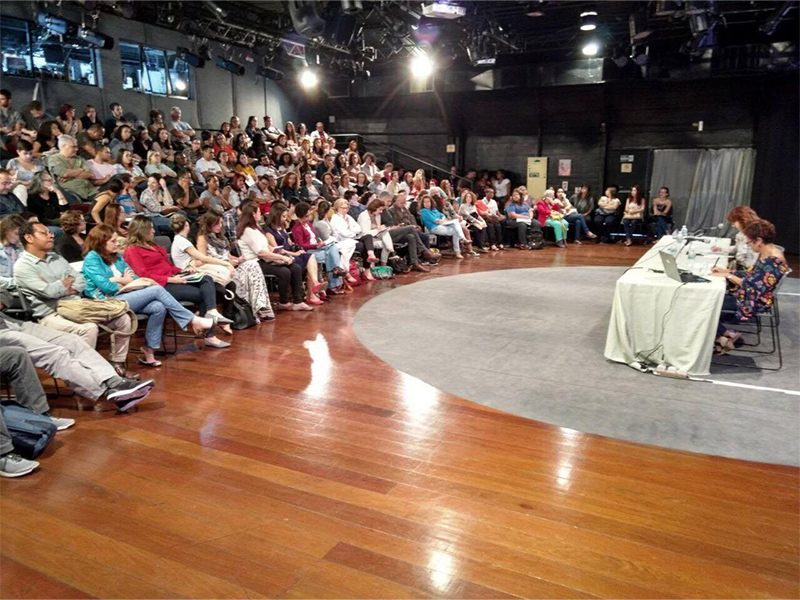23 August 2017
International research leaders met with science communication researchers from Latin America to talk about trust, current trends in research, social media and dialogue in science communication.
A two-day symposium focused on research in the field of science communication, held at the Museum of Life at the Fiocruz Foundation in Rio de Janeiro on 31 July and 1 August 2017, attracted close to 200 participants.
The event provided a platform for young science communication researchers from Latin America to present their work, while also introducing them to research leaders in this field around the world. The lively audience participation that followed each of the panel sessions was further evidence of the growing interest in this field in this region.
This two-day symposium was presented under the auspices of the Public Communication of Science and Technology (PCST) Network and the Network for the Popularization of Science and Technology in Latin America and the Caribbean (RedPOP).
Amongst many other roles in the science communication arena, the organiser of this event, Dr Luisa Massarani, coordinates the academic programme in science communication at the Fiocruz Foundation.
As opening speaker, Prof Bruce Lewenstein from Cornell University was asked to speak about the past, present and future of science communication research. Reflecting on the history of science in society, Prof Lewenstein showed how public communication of science feeds back into science itself and therefore plays a vital role in production of reliable knowledge. He elaborated on the issue of trust that is a key concern in the science-society relationship, and warned that delivering information does not build trust.
Marina Joubert from Stellenbosch University in South Africa presented a world map of current trends in science communication research activity, based on an analysis of papers in the three main journals in the field. Her paper highlighted the need to encourage and incentivise collaborative research between developed and developing countries. Following this global overview, Dr Massarani provided a detailed picture of the status of science communication research in Latin America.
On day two, Prof Dominique Brossard from the University of Wisconsin-Madison provided an overview of how the use of social media opens up new research questions in the field of science communication, but also offers exciting new tools that science communication researchers can use. She underlined the complexity of understanding how people access and respond to information in digital environments.
Dr Melanie Smallman from University College London provided a snapshot overview of the dominant ‘deficit to dialogue’ trend in science communication over the past twenty years. She focused on the role of dialogue in making science more democratic, rather than promoting science.
Researchers from Latin America presented a wide range of interesting and topical research projects, further demonstrating that science communication research is a vibrant and growing field in this part of the world. The focus was on the role of museums in science education and communication, as well as the role of the internet and social media. Dr Yurij Castelfranchi from the University of Minas Gerais provided a thought-provoking overview of communication challenges in emerging fields of science. The full programme and speaker line-up is available.



